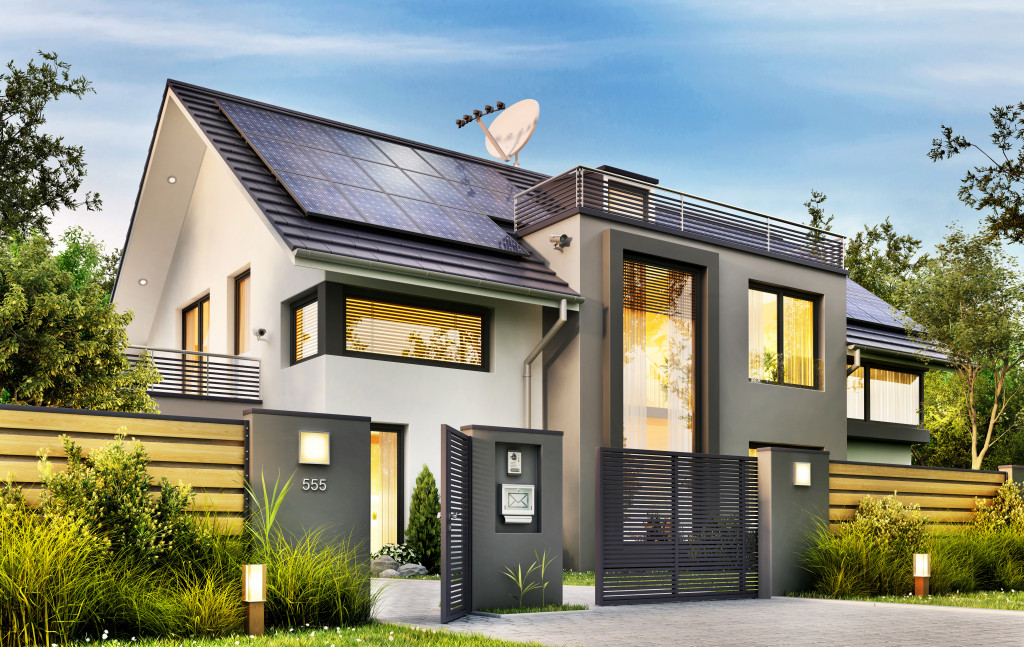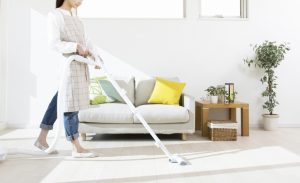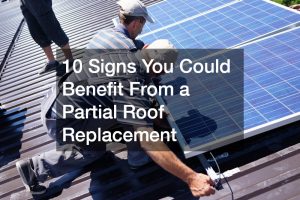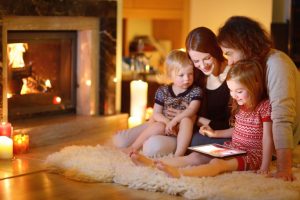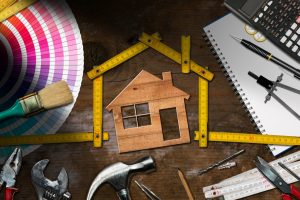If you happened to catch Property Ladder or any of its reruns, you could’ve been inspired to start flipping houses for a living. As homes are transformed into rehabilitated and updated versions, real estate investors make a comfortable profit by putting it on sale instead of living in it. During the pandemic, the number of flipped houses rose by 15%, with investors receiving a profit of over £40,000. This value is at least £10,000 more than the average profit investors earned in 2019.
Beginning to flip a house for a profit can be capital intensive. The property itself, the labour, and the costs of raw materials can be high on anybody starting a flip on a dilapidated home. However, it is important to note that there are certain safety concerns that any stakeholder entering a house before and during a flip needs to consider. Health risks are typical for homes that have been left alone for months or even years. Before an inspection, it’s important to find a health and safety clothing supplier for you and your team. The type of clothing you wear for a house inspection may vary from time to time, depending on the severity of the house’s problems. It is considered that the best practice would be to don full-on personal protective equipment during an inspection and to equip teams during the demolition and the build as appropriate as well.
Understanding Problems in House Inspections
One of the common issues that investors spot when inspecting a home is moulds. Moulds can grow in moist and humid areas in a home, typically the kitchen and the bathroom. They come in different colours — black, white, orange, brown, etc. Make key observations during the inspection. You should also check any carpets, furniture, or appliances that have not been touched for a while. The chances are that someone’s dirty, oily fingers brought some life on those aforementioned, starting a colony. Unless the previous owners frequently sanitized their home, you’re most likely to find the unsightly fungi threatening your lungs.
When your body comes into contact with moulds, you will react either through an allergy, an asthma attack, or both. The spores will enter your lungs and eyes, causing itching or infections later on. That is why you must wear personal protective equipment. You should always have your safety goggles and gown on to avoid any unwanted medical issues. You should also wear a mask, preferably an N95 mask, to make sure none of the moulds passes through.
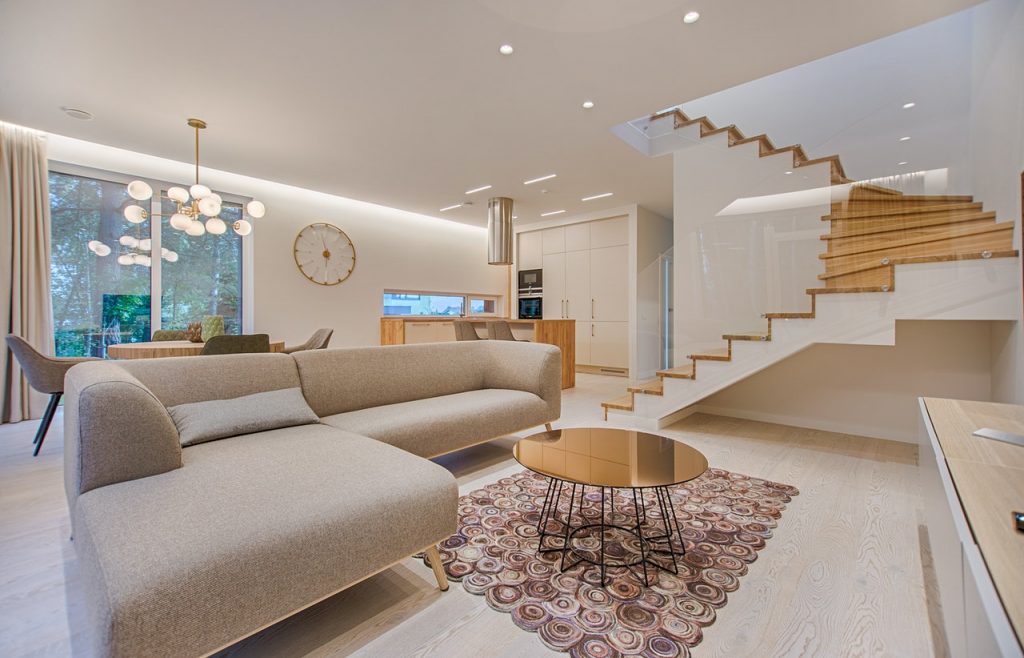
Another concern any house flipper should have is the dust mites. Similar to moulds, they’re there because of humidity. They feed on dead skin cells. They are not parasitic in nature, but they can be considered sources of indoor air pollution as they can enter your lungs and cause allergies and asthma. You will find dust mites in upholstered furniture and carpets. When something has a mildewy smell, there are likely plenty of dust mites in it.
Again, similar to the moulds, make sure you have full personal protective equipment on. Always check to make sure that your gown is tightly fastened, just like your mask and goggles. Do not remove them during the inspection unless you’re outside of the house. One way to get rid of them is to replace whatever’s been infected in the home.
Finally, while conducting demolition or any part of the building process, make sure that you and your team are equipped with hard hats, gloves, goggles, and an attire that will cover the entire body. These two phases during the flip are the most dangerous because you’ll never know what’s in the ceiling or what sort of insulation they’ve been using. There can be glass flying around, or you can easily get a splinter if there’s unfinished construction going on. A lot of things can go wrong during a flip. Making sure that everyone is safe and accounted for should be a priority to avoid any unwanted accidents during the rehabilitation.
Prioritizing Health and Safety
Keeping your head up during a pandemic is admirable, but even more so if you’re taking the necessary precautions to keep a house flipping business alive. You have a good chance at making at least a 20% return on investment when the project is complete. Just make sure to remember that wearing personal protective equipment will reduce the chances of injuries and health risks you and your workers can get from a house flip. Safety should always be your top priority — it’ll save lives, and it’ll save you money in the future.

